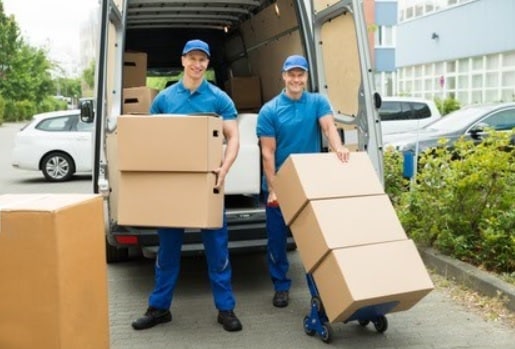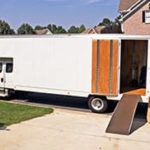All these preparatory steps are essential to organize a smooth and trouble-free relocation, of course, but it is the packaging process that should be your biggest concern – it is, without a doubt, the longest moving, laborious and consequent task you have to do. To ensure the success of your packaging and the safety of your cherished goods, you must create a packing list, obtain the appropriate packaging materials, observe the golden rules of packaging and avoid packaging errors. But first of all, before you can work, you need to know where to start packing.
So, what to pack first to move? It makes sense that the first things to pack are the things you need the least.
Articles in storage areas
Everything that has been stored safely and hidden out of sight in garages, basements or attics is certainly rarely used and not needed (if at all). It is highly unlikely that you will need these half-forgotten objects in the time remaining before the day of the move, so it is recommended to start organizing and storing them as soon as possible. Remember that browsing the storage areas of your home and sorting out all the various things that are kept there will take a lot of time and effort for your move to Montreal
So, roll up your sleeves and “attack” the storage areas at the first opportunity. Your first task is to evaluate your belongings and decide on their fate. Sort them into three separate piles:
“throw away” – all objects that are too worn or too worn to be reused, as well as any damaged items you keep;
“to be sold, donated or given” – all trinkets, decorations, antique furniture, specialized equipment, craft supplies, tools, etc., which are still in good condition but which you no longer like or will not be in able to use in your new environment, be it because of the climate, the available space, the peculiarities of your new lifestyle, etc.
“Being packed to move” – anything that is of considerable practical, aesthetic or sentimental value and that you do not want to separate.
Needless to say, you must immediately get rid of the first stack and take care of the second stack as soon as possible (otherwise you can reconsider your decisions and start removing items from this stack). Organize a sale in motion or sell online your expensive possessions that you do not take (illustrations, sports equipment, specialized tools, etc.), give practical objects of low market value (old clothes, toys, furniture, etc.). .), and give friends and family everything they can love or need.
All rarely used items from the third stack (the things you intend to take to your new home) should be packaged and prepared for shipping a month or two before the actual relocation. Make sure:
Create a detailed inventory of the items you pack
Provide your items with excellent protection against moisture, dust, insects, etc. (keep in mind that the first things you take for the move will stay in the boxes for a long time);
label the boxes correctly because you will not remember which items went where;
Stack all packed boxes in a separate area where they will not interfere;
properly prepare the large tools and equipment that you will take with you (lawn mowers, snow blowers, bicycles, etc.) – all fuel should be removed from tanks, sharp edges and cutting parts should be safely packaged etc. .
Keep in mind that movers are not allowed to relocate certain types of garages (engine oils, antifreeze, paint and paint thinners, charcoal, propane tanks, fertilizers, pesticides, chemicals, car batteries) as well. that any flammable, explosive or corrosive object) for safety reasons, you should not waste your time packing them. Unless you can move non-permits yourself, you will need to get rid of them before relocation – use them, give them, and so on.
Non-essential items
The term “non-essential” refers to everything you can live for a few weeks – things in drawers, cupboards, cabinets, etc. that you will not miss if they stay packed in boxes for a month or two.











